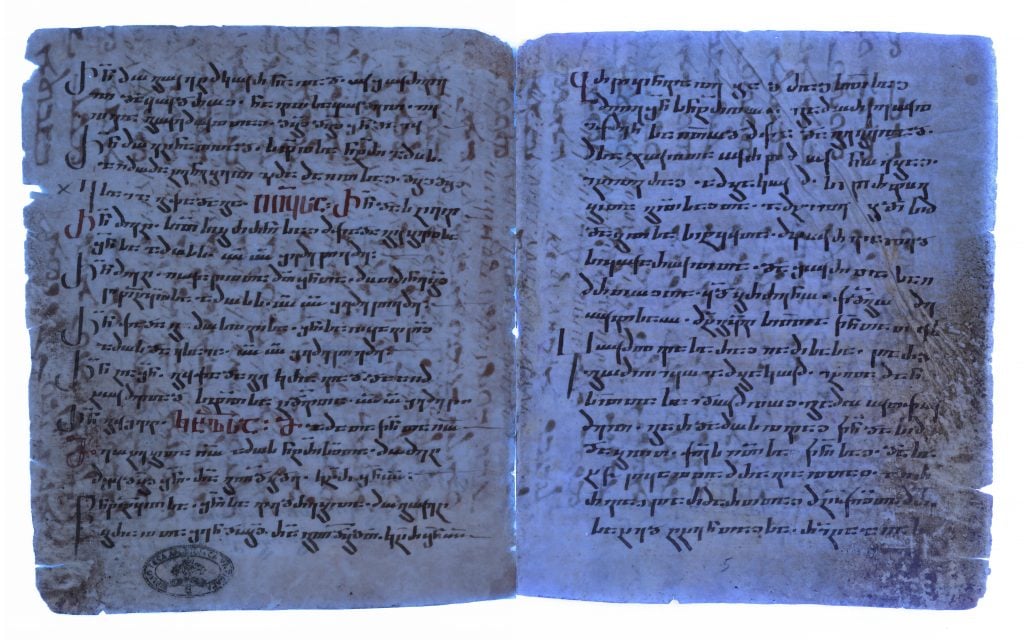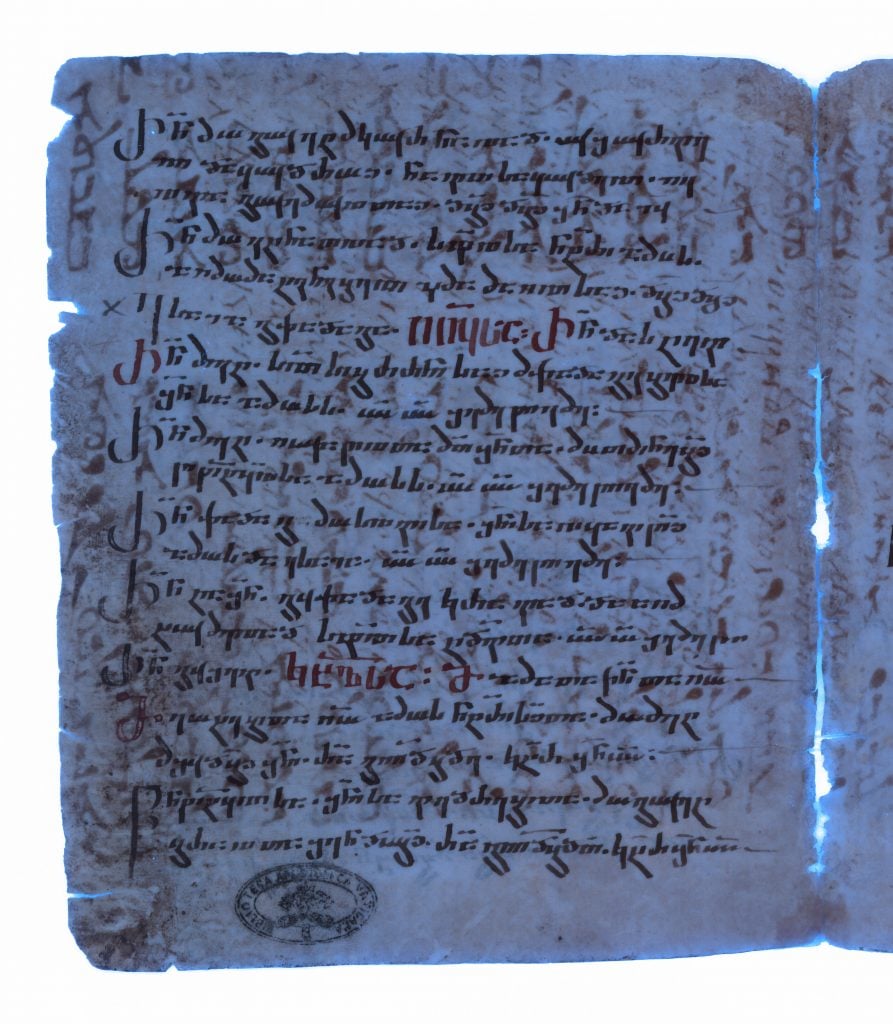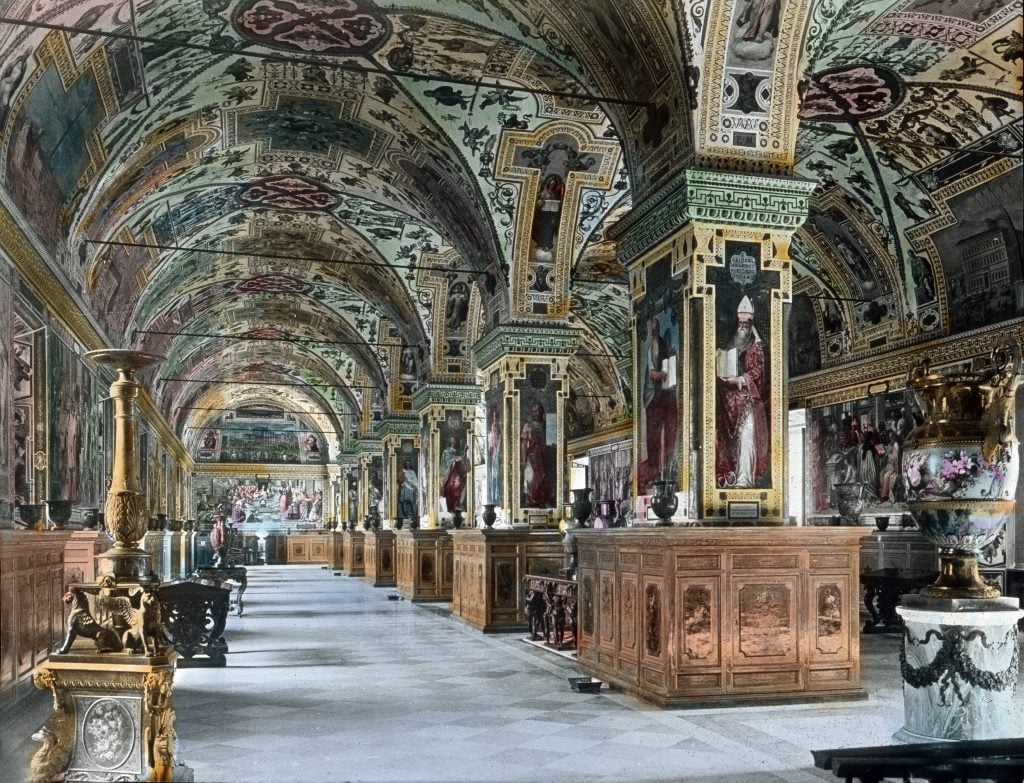Art & Tech
A Scholar Has Uncovered a Hidden Translation of the Gospels by Shining UV Light on an Ancient Biblical Text
His study found noticeable differences in how the Matthew chapters were translated.

His study found noticeable differences in how the Matthew chapters were translated.

Richard Whiddington

A medieval scholar has discovered one of the earliest translations of the Gospels using UV light.
Grigory Kessel from the Austrian Academy of Sciences found the translation, which is written in Old Syriac and dates back 1,750 years, beneath three layers of text (Syriac, Greek, and Georgian) in a manuscript that has been in the Vatican Library since the mid-20th century. Syriac is a dialect of Aramaic that emerged during the 1st century.
The text is believed to be a translation of 3rd-century text that was copied out during the 6th century. Around 1,300 years ago, however, a scribe in Palestine erased it. The practice of reusing manuscripts was common in the region during the Middle Ages due to a general shortage of parchment. UV light can reveal erased text because ink soaks into parchment leaving an imprint that though invisible to the naked eye glows blue under UV.

The fragment of the translation of the New Testament is visible under UV light. Photo: Vatican Library.
The Vatican folio is now the fourth known text offering the Old Syriac translation—one is housed in London’s British Library, another at St. Catherine’s Monastery at Mount Sinai, and a third was recently identified as part of the Sinai Palimpsests Project. The text will likely be studied to evaluate how the language and information contained in the Bible changed over time.
“Before any definitive conclusions are drawn, it is, however, greatly hoped that further leaves of this Syriac Gospel book will be detected,” Kessel wrote in a study in New Testament Studies. “Given that the text of the Vatican folio represents roughly 0.6 percent of the complete text of the Four Gospels, the original Gospel manuscript must have occupied some 160 folios.”

The Vatican library. Photo: Carl Simon/United Archives/Universal Images Group via Getty Images.
Though researchers are yet to reveal a full translation, one example pointing to the differences between the translations stems from Matthew chapter 12, verse one. The original Greek reads: “At that time Jesus went through the grainfields on the Sabbath; and his disciples became hungry and began to pick the heads of grain and eat.” The Syriac translation reads that the disciples “began to pick the heads of grain, rub them in their hands, and eat them.”
“Grigory Kessel has made a great discovery thanks to his profound knowledge of old Syriac texts and script characteristics,” said Claudia Rapp, Director of the Institute for Medieval Research at the Austrian Academy of Sciences. “This discovery proves how productive and how important the interaction of the most modern digital technologies can be.”